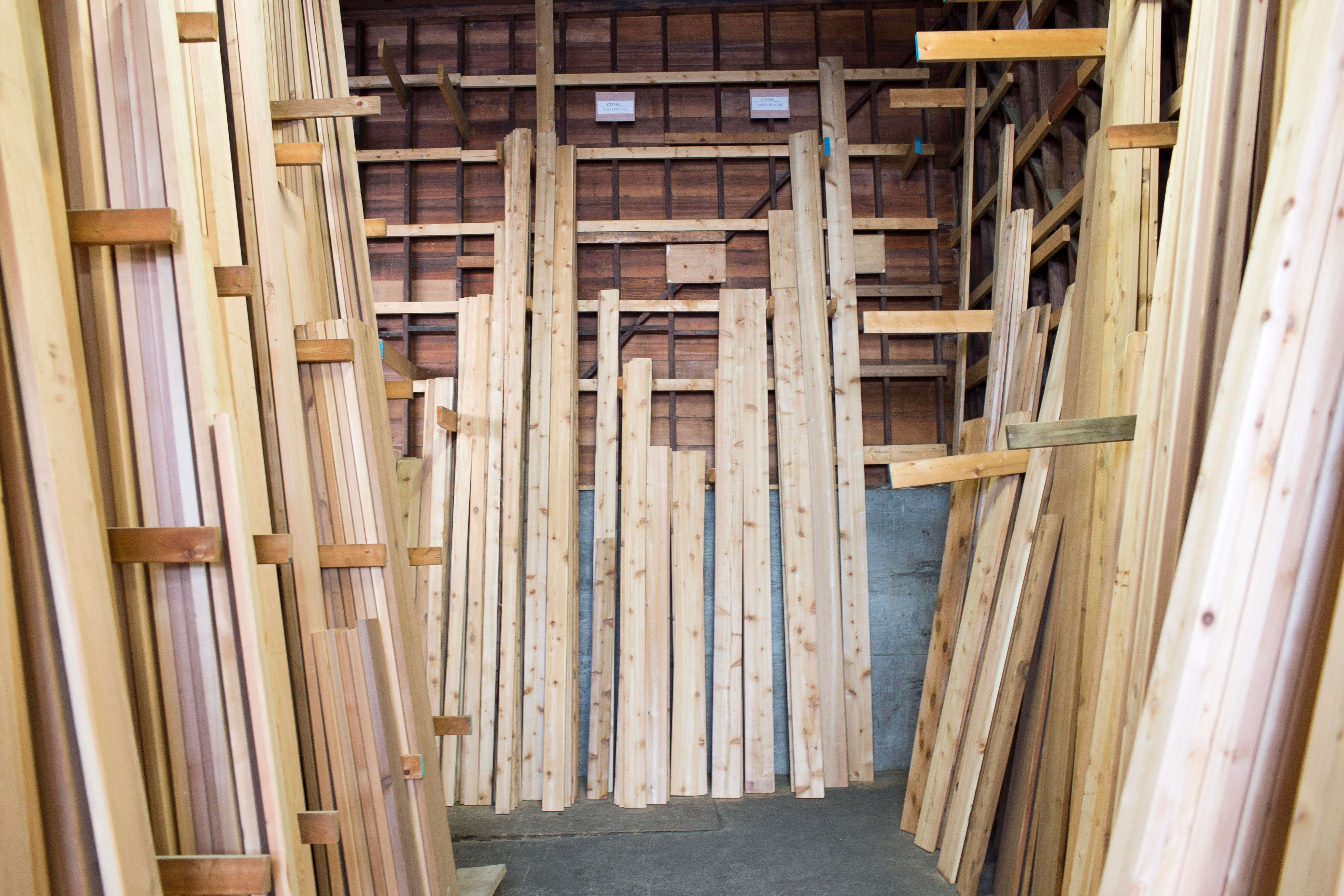
What's the difference between woodworking and "working with wood?" Some people might wonder why we named this category "Working with Wood" instead of something like "Woodworking." That's a very legitimate question.
The term woodworking may bring about visions of an indoor shop, maybe even with a wood stove in the corner. Working with wood is a far more comprehensive category that includes, first of all, understanding the moisture content of your wood. We have learned through experience that not all construction conditions are the same, and moisture can make or break your project.
The importance of acclimating
Most of us know materials need to acclimate to the conditions of a job site. When talking about millwork packages and hardwood flooring, it's an essential step in every project. Today's houses are built or remodeled with so many different types of materials it has required us to take this topic more seriously.
It wasn't too long ago the suggestion of using a moisture meter would have been met with a lot of puzzled looks. On the supply side, that was the type of thing the mill representative might have on-hand if they felt there was a manufacturing challenge with a product.
Today is a whole different ballgame: Remodelers and new homebuilders need to factor in moisture content when they plan out their projects. That's why we felt this article from Carl Hagstrom and Gene Wengert was a must-read for our Dunn Solutions audience. We hope it helps you improve the quality of your future projects.
"The moisture content of wood is tied directly to the relative humidity of the surrounding air. The higher the relative humidity, the higher the MC of the wood. Period. If you're installing wood that's recently been transported, or installed on a job, it might take a little while for the material to reach its equilibrium moisture content (EMC) with the air—in other words, for the wood to accommodate to the humidity level for the climate around the wood: the wood may take on more moisture or it may dry out. For example, if wood at 10% MC is exposed to 25% RH, the wood will dry to 5% MC (and shrink as it dries)."



